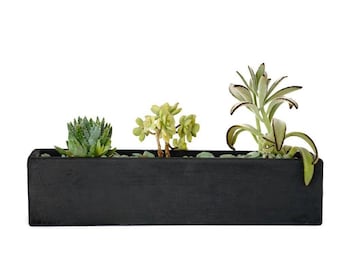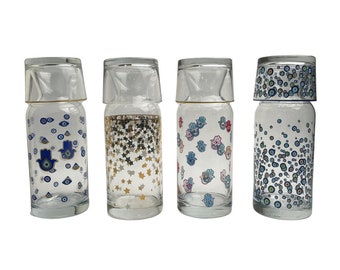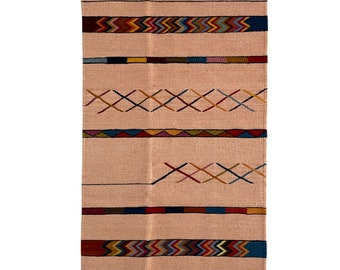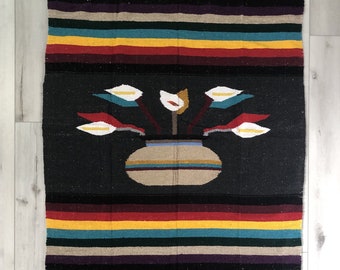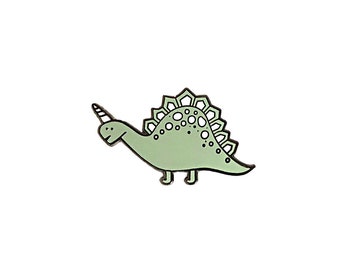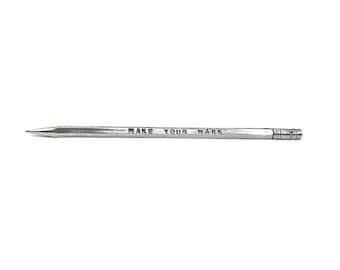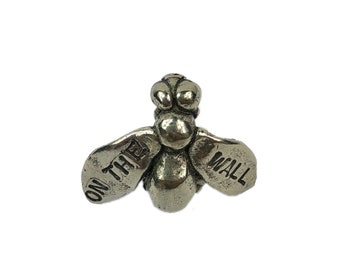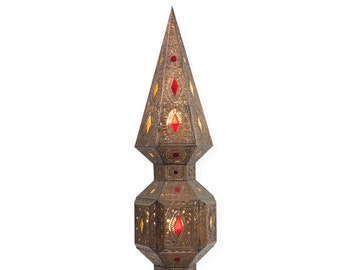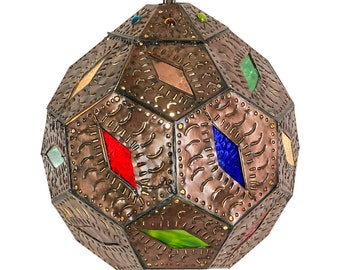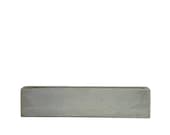
Featured items
Items
All Items
Reviews
-

Nicholas on Apr 5, 2024
5 out of 5 starsI was amazed by the shipping attention. Phenomenal job. Great quality item. Thanks!
-

Ann Marie on Dec 29, 2023
5 out of 5 starsI bought this as a gift for my daughter. She loves it! It’s exactly like the picture and arrived safe and sound and right when it was promised!!!!
-

-

Alistarblu on Oct 11, 2023
5 out of 5 starsBeautiful! I chose the white/silver design and love it! I think this pin would be really cool in a white/rainbow anodized metal combo too.
-

L on Sep 16, 2023
4 out of 5 starsItem is lovely. I ordered it August 30, but it didn’t arrive till September 16. It was a b’day gift so was late…so take shipping time into consideration.
-

-

Melinda on Jun 26, 2023
5 out of 5 starsShe is just beautiful. She was packaged very well, so there wasn’t anything harmed at all.
-

-

deniaklas on Apr 23, 2023
5 out of 5 starsabsolutely love it. there is a small imperfection on the print but nothing that really matters.
-

About ConcreteUnicorn
Creative concrete concepts, inspired by nature.
Production partners
-
Bug in The Rug Master Weavers Isaac Vasquez Studio
Oaxaca, Mexico
Our Zapotec Rugs are handmade in Teotitlan del Valle, Oaxaca at Isaac Vásquez García’s Master Weavers Studio. Garcia is known as a master weaver and dyer and the oldest living member of one of the oldest weaving families in Teotitlán del Valle, México. Isaac Vásquez García pioneered the renaissance
-
Cement Works Las Gaviotas
Baja California Sur, Mexico
Cement Works Las Gaviotas is a reputable concrete manufacturer in Baja California, Mexico. Their team of skilled artisans hand cast proprietary designs for Concrete Unicorn.
-
Tamara Hensick
LA, CA
Tamara Hensick Designs feature art objects and whimsical sculptures with words cast in metal.
Shop policies
Shipping
Customs and import taxes
Payment options
Returns & exchanges
Cancellations
Cancellations: not accepted
Please contact the seller if you have any problems with your order.
